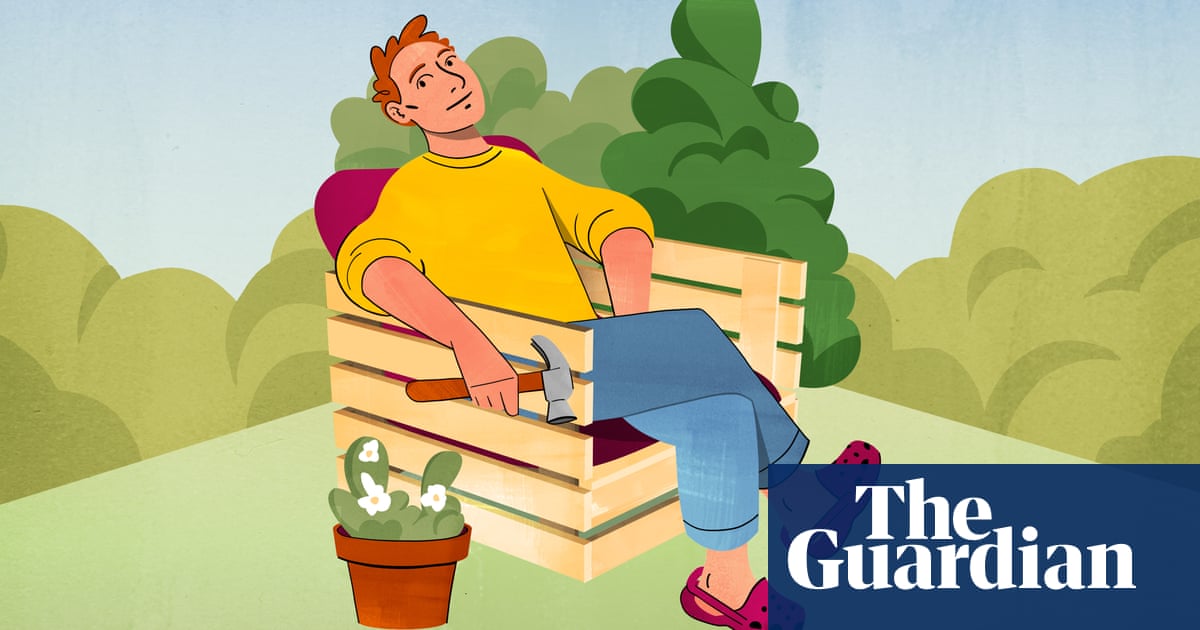
One of my favourite quotes about fashion is from the late Diana Vreeland: “Fashion is part of the daily air, it changes all the time. You can feel the approaching of a revolution in clothes.”
Just as fashions change, our need for certain types of clothes changes too. As we grow up or grow old, live through pandemics or enter an era of rising global temperatures, inevitably we outgrow what’s in our wardrobes.
Now is as good a time as any to reconsider the clothes you own but don’t wear and what to do with them if they’re no longer a fit, in every sense of the word.
Straightforward fixes
Mats Ekstrom is the owner of Swensk, a Swedish clothing store in Melbourne’s city centre that offers a hands-on service, emphasising tailoring and fit. If you’ve gained a bit of weight because of “lockdown and wine drinking”, not to worry, he says. Trousers usually have enough fabric stored in the waist seam to be let out a size, which is something a tailor can handle. Another easy fix for garments that are a bit snug is to move buttons half a centimetre here or there.
Ekstrom emphasises to his clients that small adjustments can make big differences to how things look. It’s important to have your proportions in balance, he says and advocates making sure your sleeves are the right length – roughly halfway between your wrist bone and the bone at the bottom of your hand.
For trousers, the length should be in proportion to your height and the width of the pant leg, which might sometimes come down to “personality”. As long as there’s enough fabric a good tailor can change their silhouette, to make them more current. Ekstrom suggests showing the tailor a pair of trousers you like so they can emulate the cut.
If you’ve grown more than a size it can be trickier, because “making things bigger is really hard to do”. He suggests taking a practical view and asking if “you’ll ever really have the body of a 20-year-old again?” If not, he says, it’s time to sell or give those clothes away (without sending them to landfill).
Turning old into new
Nicole Mallalieu, a fashion lecturer at the Australian College of the Arts, welcomes a growing movement of designers and young people cutting up old garments and fashioning them into new pieces.
From the reconstructed T-shirt dresses of the Central Saint Martin’s graduate Conner Ives, the reworked clothing of the Melbourne label TLC World and Romance Was Born’s found fabric Forever range to the kids all over Depop, in the right pair of scissor-hands, old clothes can be given value and currency.
Mallalieu suggests drawing inspiration from this when contemplating what to do with clothes you really love but probably won’t ever fit into again. If you can’t sew, she says, a tailor should be able to replace a waistband with more forgiving stretch fabric or turn a too-snug jacket into a vest.
Dresses that are too small can be turned into skirts and tops. This allows for more flexibility in alterations, she says: lowering the waistline on an A-line skirt can give you more room, while the top half could be worn layered or with pants, or attached to a different skirt.
Share the love
Sometimes we outgrow clothes because they no longer serve our lifestyles or our mood, Mallalieu says, but it’s important to continue to see the value in them. “There’s an enormous amount of embedded energy that exists in these clothes,” she says – from people and from the environment.
She suggests finding somebody who might wear it, for instance a friend or family member, on the basis that they’ll return it when they’re done with it. Doing this means the stories behind the clothes can be shared, hopefully saving the piece from becoming “another anonymous garment in a pile of unsorted, discarded clothes at an op shop”. She suggests starting these conversations with: “I love this but I don’t wear it any more.”











